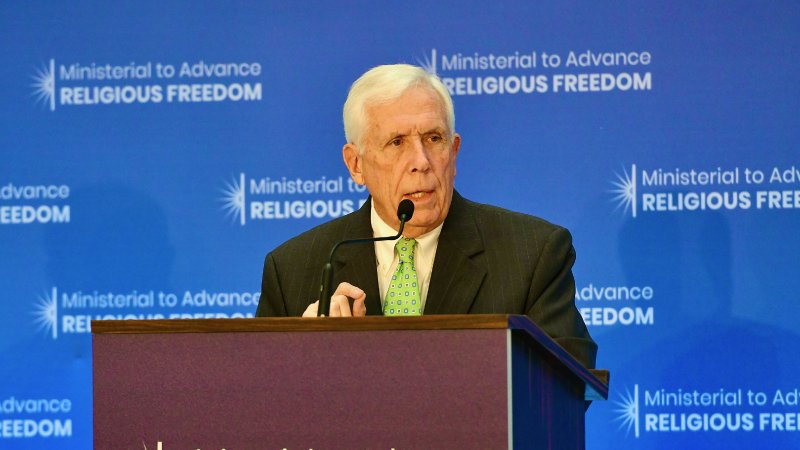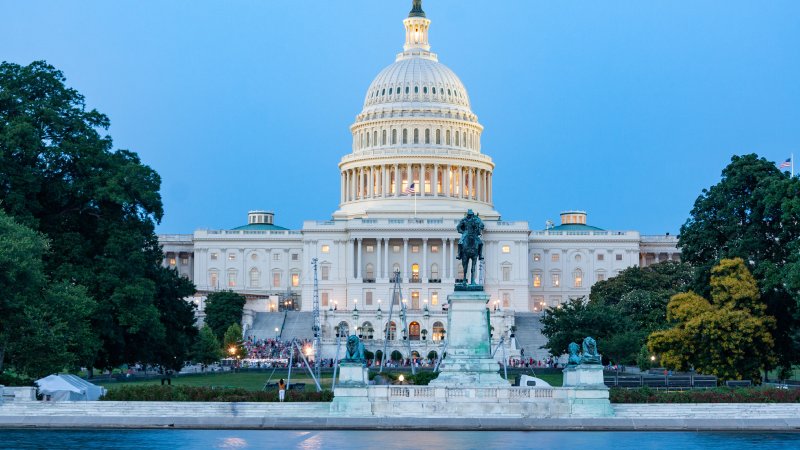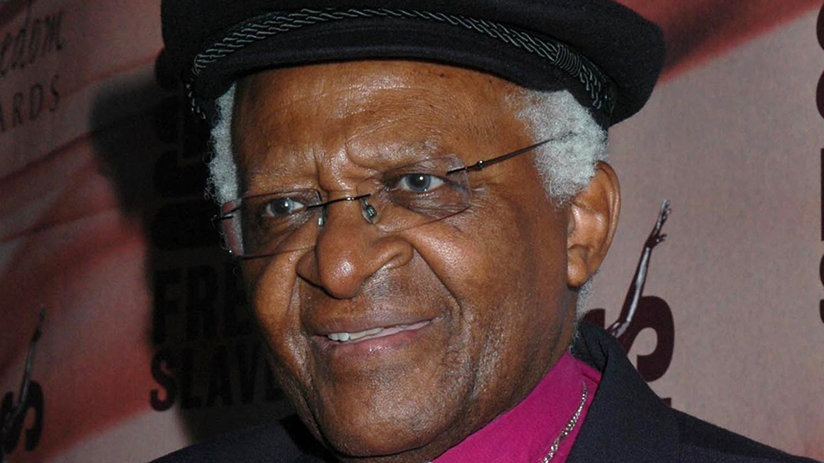
-
HOME
-
WHAT IS STANDOur Mission Our Values Our Help Contact
-
WHAT WE FIGHT FORReligious Freedom Religious Literacy Equality & Human Rights Inclusion & Respect Free Speech Responsible Journalism Corporate Accountability
-
RESOURCESExpert Studies Landmark Decisions White Papers FAQs David Miscavige Religious Freedom Resource Center Freedom of Religion & Human Rights Topic Index Priest-Penitent Privilege Islamophobia
-
HATE MONITORBiased Media Propagandists Hatemongers False Experts Hate Monitor Blog
-
NEWSROOMNews Media Watch Videos Blog
-
TAKE ACTIONCombat Hate & Discrimination Champion Freedom of Religion Demand Accountability
Millions Flee Religious Persecution, USCIRF Reports
“Unprecedented” is the word the U.S. Commission on International Religious Freedom (USCIRF) used to describe the global refugee situation in this year’s annual report. A staggering 82 million men, women and children are classified as “displaced.”
That is equivalent to 1 of every 97 people on the planet.
And of those 82 million, the United Nations High Commissioner for Refugees (UNHCR) estimates that close to 27 million are refugees.
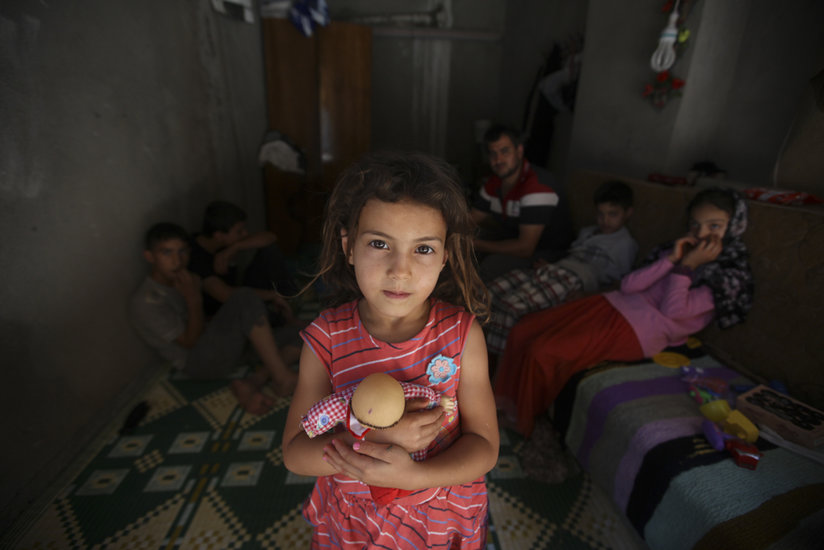
The 1951 Refugee Convention and its 1967 Protocol define refugee as “a person who is outside his or her country of nationality or habitual residence; has a well-founded fear of being persecuted because of his or her race, religion, nationality, membership of a particular social group or political opinion; and is unable or unwilling to avail him or herself of the protection of that country, or to return there, for fear of persecution.”
Two-thirds of these refugees are fleeing five countries, three of which, as described by USCIRF, engage in “systematic, ongoing, and egregious persecution” of various religious communities. Those three countries—Afghanistan, Burma and Syria—are notorious for violating the rights of minority religions.
The refugee crisis is not going away, nor are the reasons people flee their homelands in the first place.
Having fled such persecution, a refugee’s problems are not over. Asylum seekers are often turned away, refused entry into the country to which they have fled, are bogged down in red tape and detention, and, in many instances, subject to harassment by undercover agents placed in the refugee’s new home country by the very country he has fled from. The intimidation ranges from one-on-one abuse to pressure by the agent on the refugee’s new home country to repatriate him or her back to the old country to face more abuse, imprisonment and worse.
One reads USCIRF’s report and perceives the effort required to attempt to dispassionately chronicle painful facts and figures:
- Afghanistan: Targeted killings, severe curtailing of women’s rights, and violence in a country already reeling after more than four decades of political and natural upheavals. The Taliban continues to persecute religious minorities and severely punish those who don’t adhere to their extremist views or follow other religious paths. 3.5 million were internally displaced, fleeing their homes, and another 120,000, including religious minorities, evacuated after the Taliban’s takeover.
- Burma: Most of the 1.2 million refugees fleeing the country are the predominantly Muslim Rohingya who, after enduring systematic discrimination and violence, experienced an intensification of abuse in 2017, when the Burmese military engaged in mass killings and rapes, forcing over three-quarters of a million people to flee to Bangladesh in a matter of days. Other Southeast Asian states have refused to admit these refugees.

- Central African Republic (CAR): Religious wars saw the destruction of nearly all of the nation’s mosques and displaced more than 600,000 people who fled to neighboring Cameroon, Chad and other countries. Most of those displaced were Muslims.
- Nigeria: Violence, intimidation, abduction and execution have been the order of the day as militant Islamist groups have attacked those considered “apostates.” 300,000 Nigerians have fled to neighboring countries with an additional 2 million internally displaced. Displaced persons camps have been attacked while others have simply been shut down by their own government despite the protests of human rights organizations. Moreover, the Cameroon government forcibly returned an estimated 100,000 Nigerian refugees to face the very horrors they had fled, drawing condemnation from the United Nations High Commissioner for Refugees.
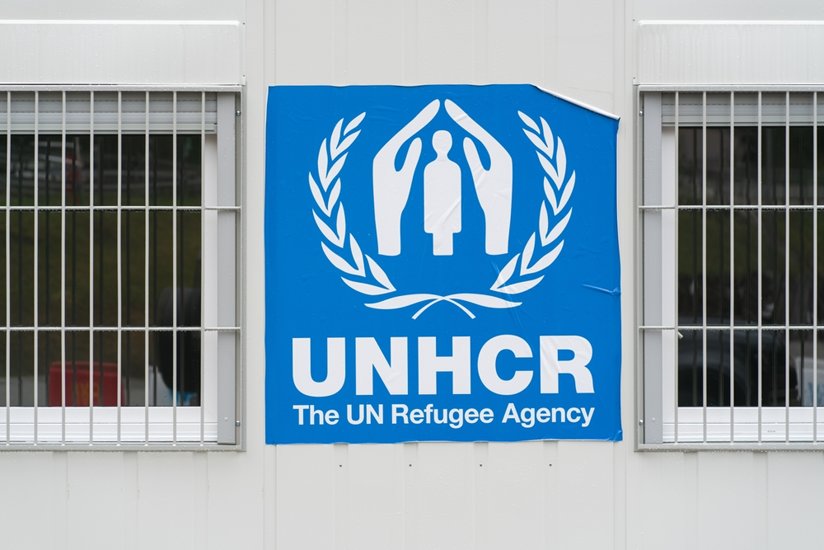
USCIRF recommends that the U.S. Administration improve and expand admissions of asylum seekers. (The U.S., which had drastically lowered the ceiling of those accepted from 95,000 to 15,000 in recent years, has raised it within the last year to 125,000, including those seeking relief from religious persecution.)
Nobody thinks this is an easy fix. The refugee crisis is not going away, nor are the reasons people flee their homelands in the first place. The U.S., big-hearted nation that it is, is also the biggest donor to the UNHCR refugee agency, and provides humanitarian aid to those who have fled to other countries, as well as assisting their host nations. But, while vital, this will not stop the bleeding. The only lasting resolution is to address the root cause, and insist through individuals, communities, local and national governments and the court of public opinion that the human right to religious freedom is guaranteed, everywhere, for all time.






